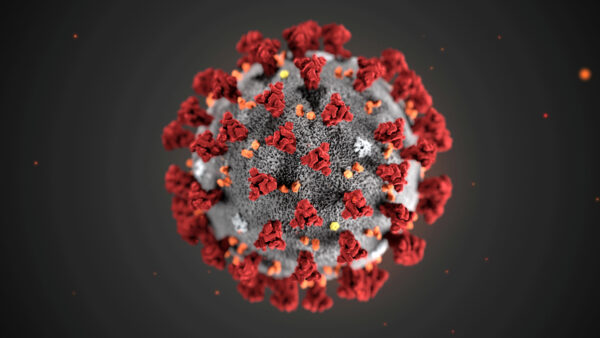Studies: Hundreds of Thousands Infected With COVID-19 in Wuhan in 2020, Patient Zero Emerged October 2019
Between 622,800 to 968,800 people in Wuhan had COVID-19 by April 2020, and the first case emerged between mid-October and mid-November 2019, according to two new studies.
“6·92 percent of a cross-sectional sample of the population of Wuhan developed antibodies against SARS-CoV-2, with 39·8 percent of this population seroconverting to have neutralising antibodies,” wrote the first research group on The Lancet on Thursday.
“Our results define the period between mid-October and mid-November 2019 as the plausible interval when the first case of SARS-CoV-2 emerged in Hubei Province,” the second research group posted on Science magazine on March 18.
The results of both research groups revealed data that was different from the Chinese regime’s disclosures.
The Chinese regime recognizes the first COVID-19 case as occurring on Dec. 31, 2019, and admitted human-to-human transmission of the CCP (Chinese Communist Party) virus, commonly known as novel coronavirus that causes COVID-19, on Jan. 20, 2020. The regime finalized the number of infections in Wuhan on April 17, 2020, announcing a total of 50,333 people having been infected, which is less than 10 percent of the analyzed figure.
In the past few months, people from different countries have criticized the Chinese regime for its delayed report, accusing the regime of underreporting the pandemic, leading to the CCP virus spreading to other countries.

Infection Count
Thirty authors from China co-researched the status of the CCP virus infection in Wuhan for the Lancet study.
The research is based on 9,542 members from 3,556 families who live in 100 communities from different districts in Wuhan city, the capital of Hubei Province and ground zero of the CCP virus outbreak. Blood samples were collected on April 14 and 15, 2020.
The result showed that 6.92 percent of the population had been infected with the CCP virus, with 82.1 percent of the infected ones being asymptomatic carriers. Among the infected group, 39.8 percent of them had neutralizing antibodies in their blood which meant they were immune to the CCP virus after being infected.
Wuhan has a population of 14 million. In January 2020, about five million residents escaped the city before a Jan. 23 travel ban.
With an infection rate of 6.92 percent of the population, 622,800 (9 million times 6.92 percent) to 968,800 (14 million times 6.92 percent) people could have been infected with the CCP virus by April 2020.
People who lived in Wuhan in April 2020 were survivors of the city’s epidemic, which peaked in January and February 2020. There’s a possibility the people who left the city in January had COVID-19 since the Science magazine study estimates the first case as emerging in October 2019.

First Case
Five researchers at the Universities of California, San Diego, and Arizona published the Science magazine study about the world’s first possible COVID-19 case, studied through molecular dating tools and epidemiological simulations.
The study points out that the CCP virus is a zoonotic coronavirus, meaning it’s transmitted to humans from an unknown animal host. From over one dozen studies they conducted in the past year, the study says it is unlikely that the Huanan Seafood Market—which the Chinese regime claims was ground zero—is the venue where the animal transmitted the virus to humans.
“We used Bayesian phylodynamics to reconstruct the underlying coalescent processes,” the researchers explained, saying they analyzed 583 CCP virus complete genomes that were sampled in China.
Combining the CCP virus’ genetic diversity study with the earliest reported cases and other study’s results about the CCP virus spreading in Wuhan before the lockdown on Jan. 23, 2020, the researchers estimate that the first COVID-19 case emerged as early as October 2019.
The World Health Organization (WHO), as well as scientists from several countries, are investigating the origin of the CCP virus. To understand the environment better, WHO sent a team to China in January. They conducted their research in February and have not yet released their report.
No comments:
Post a Comment